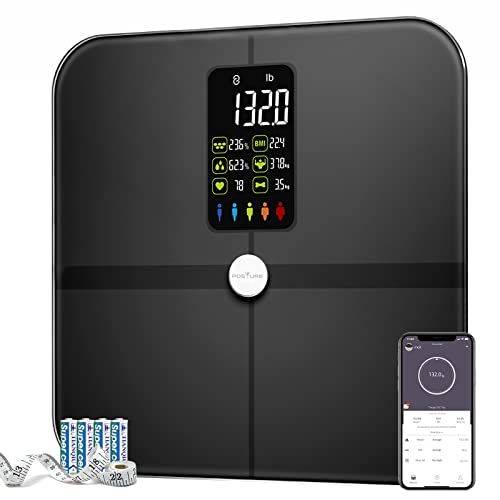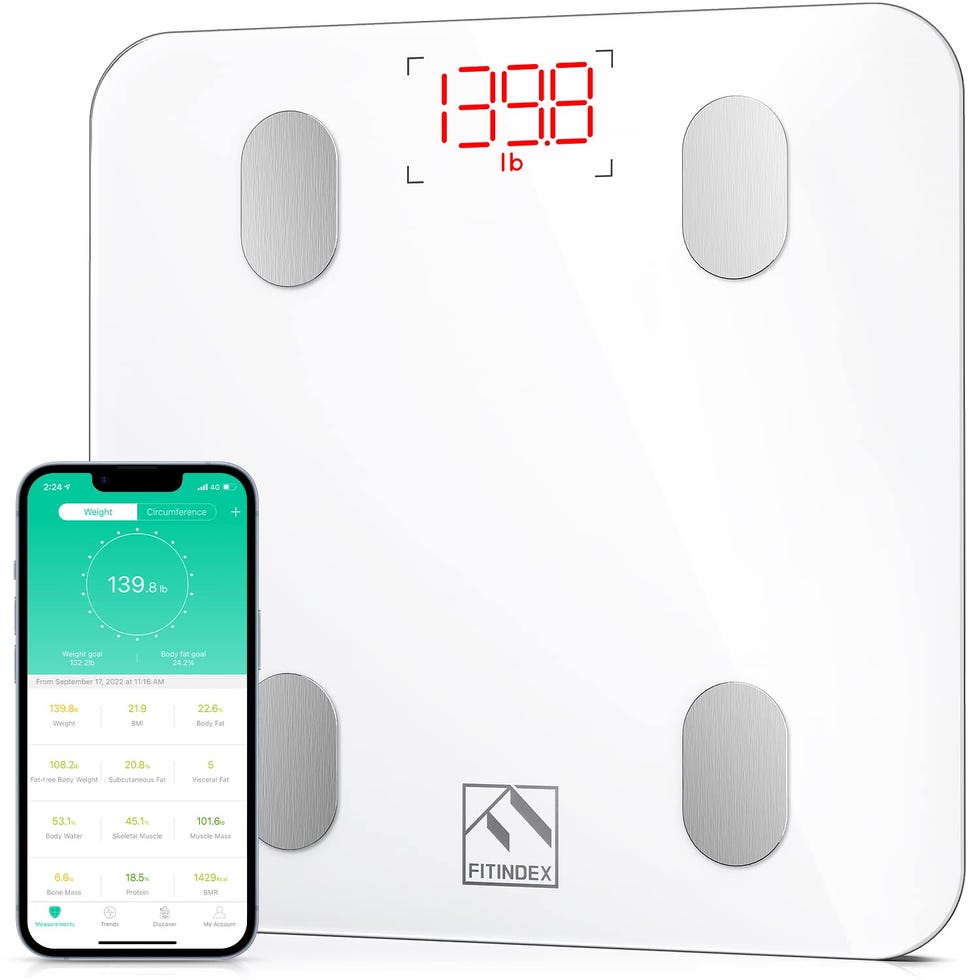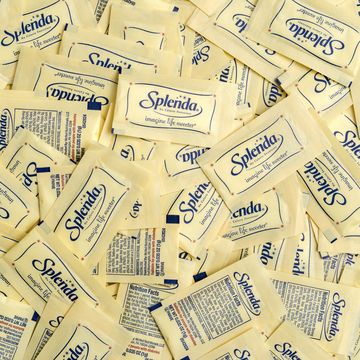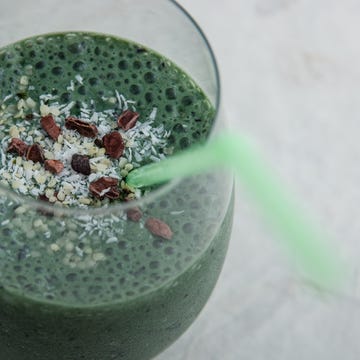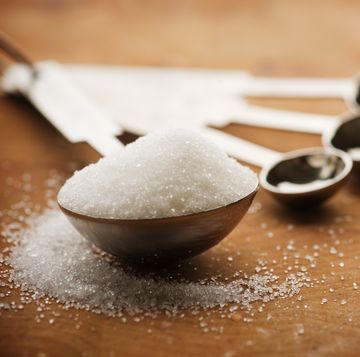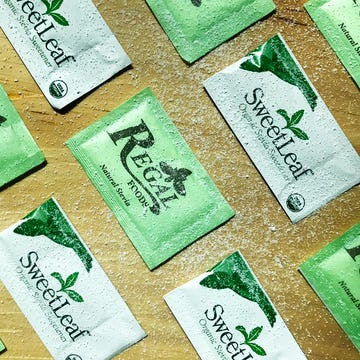The 6 Best Digital Scales for Tracking All Your Health Stats
Keep track of weight, muscle mass, hydration, and more key data.
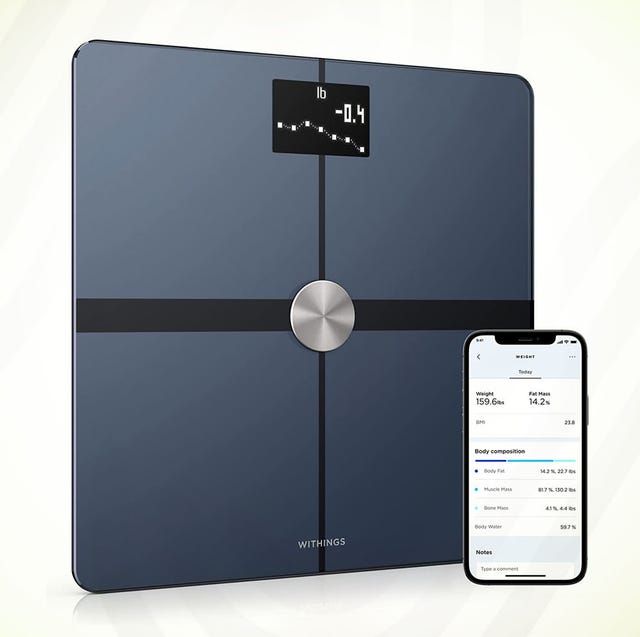
We earn a commission for products purchased through some links in this article. Why Trust Us?
For many people, scales are something you step on once a year at a doctor’s appointment, otherwise enjoying blissful ignorance regarding your weight and its natural fluctuations. But a good digital scale offers a way to keep track of your health and fitness within the comfort of your home. Whether you’re trying to lose weight, watch your hydration levels or muscle mass, or just keep track of how your body changes over the course of the year, an easy-to-read bathroom scale can give you a lot of useful information about your body beyond just your weight.
The Best Digital Scales
- Best Overall: Withings Body+ Scale
- Best Value: RENPHO Smart Digital Scale
- Most Health Stats: Posture Digital Smart Scale
- Best for Garmin Users: Garmin Index S2 Smart Scale
- Best Small: FitIndex Smart Digital Scale
What to Consider When Choosing a Digital Scale
Weight Isn’t the Whole Picture
It can be daunting to step on a scale, especially if it’s been a while. On simpler scales, all you get is a big readout of your weight with little to no context about what that number truly means (or doesn’t mean). A lower number on the scale isn’t necessarily the best, healthiest goal for every runner, which is why we recommend digital scales with some extra metrics.
The most advanced smart scales offer stats like body fat percentage, muscle mass, bone mass, and hydration levels, which can help you understand both the number on the scale and how your body’s faring with your training schedule in general. For daily tracking, we recommend weighing yourself around the same time each day for the most accurate results.
Size and Weight Capacity
Most likely, your digital scale is going to find its home in your bathroom, which can sometimes be a cramped space. If a small footprint and easy storage are priorities for you, look for a scale on the smaller side, less than 12 inches wide. That said, the smaller your scale is, the closer together you’ll need to position your feet. A wider scale, although less storage-friendly, will provide a more sturdy platform.
Your scale’s upper weight limit can also be an important consideration, not only because of structural concerns, but because of its impact on the accuracy of your weight measurements—readouts tend to dip in quality once you exceed the limit, or the scale won’t work at all. We narrowed our search to include only weight limits around or above 400 pounds.
How We Selected
Although there are hundreds of digital scales available online, we weeded our top selections down to the six scales that offer the best accuracy, the most effective and context-rich smart features, the most intuitive app compatibility, and the most reasonable prices relative to quality and longevity. We also considered input from fellow expert reviewers at Men’s Health and Good Housekeeping, as well as a slew of online customer reviews, to ensure we were not only picking our favorites, but everyone else’s, too.
Adam Schram is an Assistant Editor of Commerce at Runner's World, though you might see his byline on Bicycling and Popular Mechanics, too. A lover of all things outdoors, Adam's writing career comes after six years as a bike mechanic in his hometown of State College, PA. His journalism experience is steeped in cycling and running gear reviews, and he's also a published creative nonfiction and satire author. When he's not writing, riding, or running, you can catch Adam at home mixing cocktails, watching Star Wars, or trying in vain to do the Sunday crossword. You can check out his latest work below.
Before joining Runner's World, Gabrielle Hondorp spent 6 years in running retail (she has tested top gear from shoes, to watches, to rain jackets which has expanded her expertise—and her closets); she specializes in health and wellness, and is an expert on running gear from head-to-toe. Gabi began her journalism career as a Digital Editorial Fellow for Runner’s World and Bicycling Magazine, and has since advanced to a Runner's World Editor specializing in commerce. She has a double degree in English and Media and Communication from Muhlenberg College where she also ran cross country and track.

Readers Also Read

24 Trader Joe’s Products Nutritionists Avoid
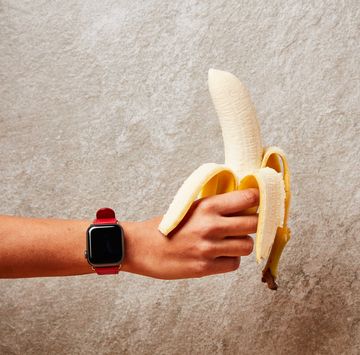
23 Foods That Have More Potassium Than a Banana
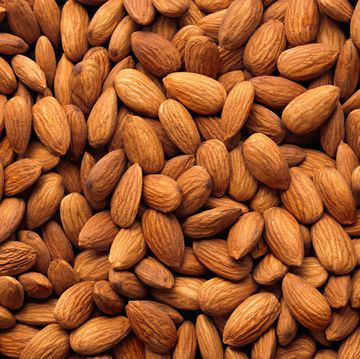
26 Magnesium-Rich Foods to Add to Your Diet
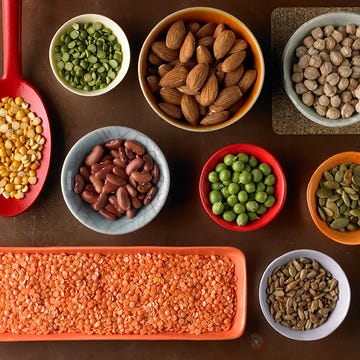
The 20 Highest Protein Foods Vegetarian Runners Can Eat



